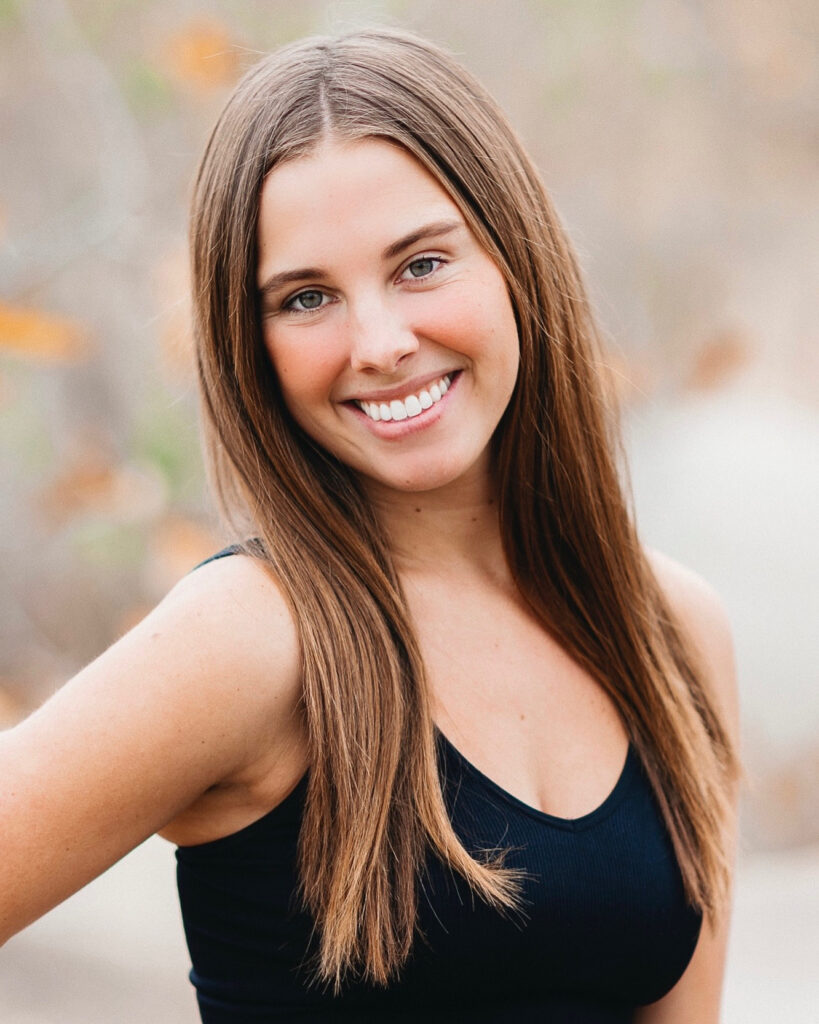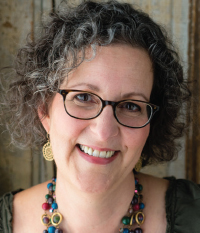Books are big business.
In 2020, the American book industry made over $25 billion from the sale of print books, e-books, and audio books, and over 4 MILLION new books are published each year. Of that enormous number, less than a million are print books published via traditional channels, meaning by the storied “Big 5” publishing houses (Penguin Random House, Hachette Book Group, HarperCollins, Macmillan, and Simon & Schuster). The latest statistics indicate that nearly two million self-published books were sold last year, a remarkable number.
Who are these self-published authors, and how does this business method of “print-on-demand” really work? We talked with two self-published authors (including one who started out self-publishing but now works with a publishing house), and an independent book seller to gain perspective of the publishing process, and to learn about the power of #Booktok.
Fiction author Barbara Monier is a psychotherapist who has had a thriving Chicago practice for the last 34 years. She started out by self-publishing her first few books. Her first novel was originally written as a memoir and she had a New York book agent who worked hard for her, but the feedback from publishers was to rewrite it as a novel, which necessitated finding a new agent who handled fiction.

“I worked with two agents, and spent years submitting work and waiting,” shares Monier. “I got many stunningly complimentary rejections from major publishers. The writer Dave Eggers came out at that point encouraging emerging writers and strongly recommending against the traditional route of agent-publisher. He recommended self-publishing to get work out quickly and maintain control. I took his words to heart, wholeheartedly trusting what he said and ultimately decided to self-publish.”
Monier chose Amazon as her publishing vehicle, and her experience was overwhelmingly positive. They put out the books electronically, and reformat them for print copies, which are printed on demand. “You get a tremendous amount of support for layout, editing, design, etc., but you are on your own for marketing,” says Monier. “It’s a huge and soul-killing job. The only way to get real marketing support is to go with a traditional publisher; smaller presses have some PR budget and social media presence, but you’ll still be mostly on your own.”
After self-publishing two books (“You, in Your Green Shirt,” and “A Little Birdie Told Me”) Monier took her third book, “Pushing the River,” to Chicago’s Amika Press along with a referral from one of their authors and a few sample pages. The connection with the editor there was immediate, and she has since published “The Rocky Orchard” with them. Her fifth novel, “The Reading,” will be published on October 18, 2022.
Emma V. R. Noyes graduated from Harvard in 2018, then worked in communications in Minneapolis and NYC, while pursuing her real passion, writing, on the side. She tried to go the traditional publishing route with her first novel, signing with a book agent who approached publishing houses on her behalf. She came up empty, and when Noyes brought her a Young Adult (YA, in publishing parlance) fantasy novel, the agent wasn’t up for it, and they parted ways. But Noyes believed in her book and made the decision to self-publish “The Sunken City,” the first of a trilogy, in late 2021. The second book, “The Fallen Witch,” is out now; the third will be released in December.

“Self-publishing isn’t right for everyone,” says Noyes. “It’s not the right choice if you just want to get the book out fast and save money. The process may take less time, but you still need to design the cover, edit it, etc. It can be expensive, but don’t skimp on anything; give it what you can. Don’t rush the editing process. Go through as many edits as you need. Hire a copy editor. Make sure there are not typos. Find beta readers and editors online.”
Retired Georgia middle-school teacher Alli Earnest — who left teaching to start her family — also went the self-publishing route after querying an early draft of her book, “Cities of Smoke and Starlight,” and being told that in order to sell, the characters needed to be younger.
“My book hit a middle point in both age and genre, with college-aged, ‘new adult’ characters and a blend of science fiction and magical elements,” says Earnest. “There’s not much of a market for that in traditional publishing. So, I did a lot of research, and took some online courses like Publish and Thrive, which I highly recommend. I had some friends who had self-published, and I vaguely knew how to get it to the finish line. I knew I wanted to do things a certain way, and with self-publishing, I had control of my own time, with no set schedule.”
Two-time James Beard Award-winning journalist Nina Barrett now owns Bookstores and Beginnings, a popular independent bookstore in Evanston, Illinois, just north of Chicago. For her, selling self-published, print-on-demand books is somewhat fraught. Some days, she may have six or seven authors come in with their self-published works and ask her to take a look at it. But that isn’t the way it works for independent booksellers.
“Self-publishing is a business model that goes outside the brick-and-mortar bookstore model and does not dovetail with it — and they shouldn’t expect that their work is going to get into a bookstore,” says Barrett. “We purchase books from the publisher. We must make an investment in every single one of the books, and we have certain guarantees of quality. We aren’t in the business of making assessments of quality directly with the author; we just don’t have time to do it. We are often swamped by people’s expectations that because they’ve printed it, we will buy it, or that their local store has an obligation to carry their book, and that just isn’t true.”
Barrett finds that most self-published authors sell books to people they know, and that number dwindles quickly after the initial drop. Even established authors from fine literary publishers can have issues, because people aren’t buying books from people they’ve never heard of. Without some buzz pushing out your book —like a New York Times or NPR review, or a marketing blitz by a committed publisher — it can get lost. “Every book that sits on our shelf needs to ‘pay rent’ here,” says Barrett. “We are a place where consumers and readers discover books, but not where publishers discover authors.”
And then, there’s #BookTok, a hashtag on the über-popular social media platform TikTok that is a compilation of short videos by book lovers, authors, and more. These aren’t your standard reviews, but more along the lines of passionate declarations of love for books you simply MUST READ.
“BookTok is a community of TikTok users dedicated to sharing their book obsessions, reading trends, and more with each other,” says Noyes. “Fantasy/romance is huge, and so are books that make you cry in the end. There are people who specialize in talking about indie authors, and accounts who will specifically talk about writing-related content. It’s one of the last social media sites that has organic growth rather than sponsored content, and it really resonates with readers.”
@emmanoyesmaybe 🥺🥺 @Barnes & Noble ♬ Pieces (Solo Piano Version) – Danilo Stankovic
Barrett tells us that she is starting to hear from her sales reps about what’s happening on BookTok, and the effect they have on book sales, especially YA and romance, where sales are largely being driven by social media. “One of the reasons I believe in the system — and there’s plenty of stories of rejection — is that every young editor or agent is desperate to discover talent,” she says. “If you’re an aspiring writer, you need to figure out how to get that person’s attention. In the long run, I feel like the energy you put into doing that is going to more than pay off on the other side. Self-publishing does require that you yourself do an enormous amount of plugging and marketing your work. With an editor or agent, they’re going to send someone into our store to tell me that this book needs to be on my shelves.”
More From Better:
- Better Family Dinners: Make Giuliana Rancic’s Mom’s Famous Pasta Recipe — Mama DePandi’s Bucatini
- A New Patina to Aging Well: Billionaire Jack Schuler Turned to Oil Painting to Exercise His Brain
- Honor Native American Heritage Month by Visiting Wisconsin’s Indian Mounds

Julie Chernoff, Better’s dining editor since its inception in 2007, graduated from Yale University with a degree in English — which she speaks fluently — and added a professional chef’s degree from the California Culinary Academy. She has worked for Boz Scaggs, Rick Bayless, and Wolfgang Puck (not all at the same time); and counts Northlight Theatre and Les Dames d’Escoffier International as two of her favorite nonprofits. She currently serves on the national board of MAZON: A Jewish Response to Hunger, an advocacy group addressing hunger issues in the U.S. and Israel for the nearly 46 million people — veterans, children, seniors, tribal nations, and more — who go to bed hungry every night.

